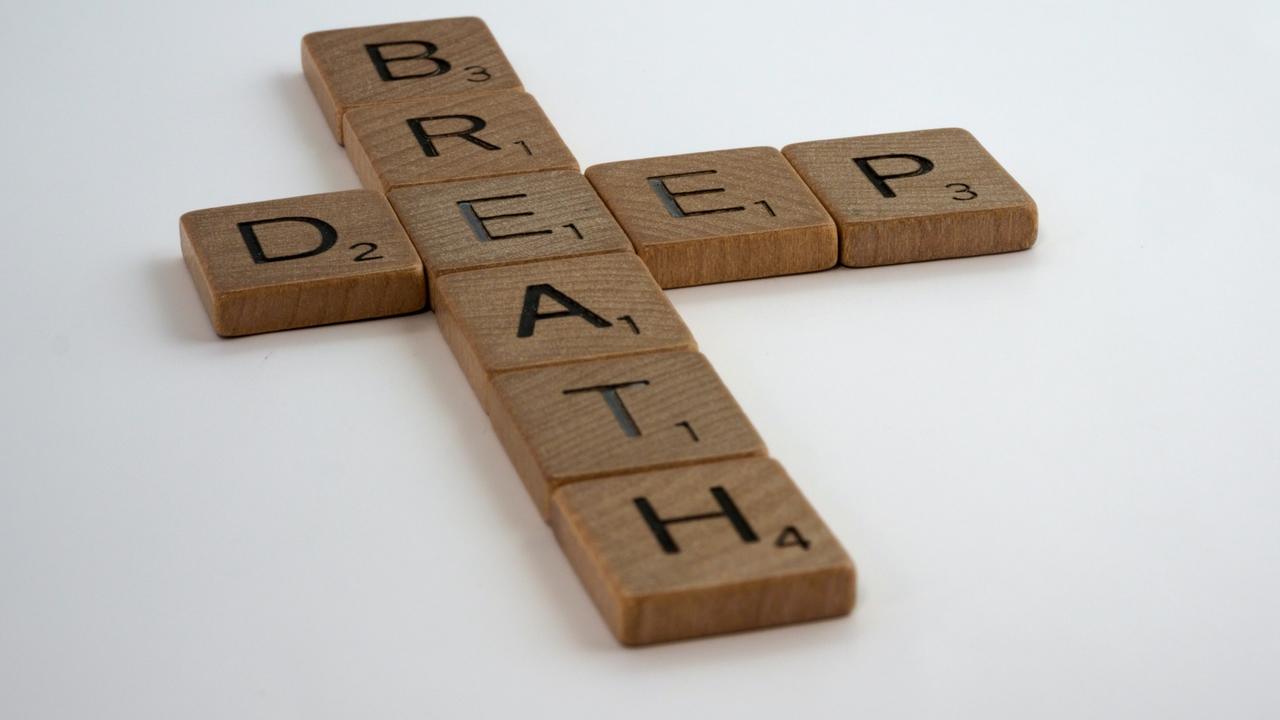
Just Breathe: Breathing Exercise for the COVID-19 Healthcare Provider
Written by Nicholas Tavoukjian, MS, ATC, CSCS, TSAC-F & Carlos Roel, PT, DPT, OCS, ATC, CSCS
Physicians, nurses, healthcare providers...this one’s for you.
We are appreciative of the sacrifices made, long hours put in, and hard work you pride yourselves in while taking care of your communities during the COVID-19 crisis. We’re sure these are stressful times, from lacking enough of the right equipment, worrying about your family and childcare, managing the stress and anxiety of your patients, and dealing with the uncertainty of what the future may hold for your own health and career.1 That’s a lot of weight on your shoulders, especially at a time when you don’t even have a second to just breathe.
Breathe.
Sounds silly, considering we breathe all day long without thinking about it. That being said, it’s one simple tool you can use to help destress and clear your mind in your hardest moments, during a break, or in the few minutes you spend in the car before getting home or clocking into your shift.
Diaphragmatic breathing can help you RELAX, RELIEVE, RECHARGE, and RESTORE:
RELAX.
Diaphragmatic breathing stimulates the Vagus nerve, improving parasympathetic function and allowing your body to relax. You benefit from lowered heart rate, blood pressure, and cortisol levels.2,3
RELIEVE.
Breathing techniques can serve as a first-line activity to relieve stress, anxiety, and depression by inhibiting overdrive of emotional response.3-5
RECHARGE.
Everyone loves a boost in productivity! Avoid mental fatigue and burnout with diaphragmatic breathing, recharging your attention and focus on the tasks that are most important in your day.3,6
RESTORE.
Diaphragmatic breathing is an integral component of stabilizing your spine. Practicing this type of breathing can help restore your postural control and improve movement patterns.7,8 Staying injury and pain-free while on-shift is important for your own longevity.
Check out this video on how to perform and incorporate diaphragmatic breathing into your day!
Stay healthy. Stay well. Stay active.
To request an appointment with one of our therapists, click here!
References
- Shanafelt T, Ripp J, Trockel M. Understanding and addressing sources of anxiety among health care professionals during the COVID-19 pandemic. JAMA.Published online April 7, 2020. doi:10.1001/jama.2020.5893
- Hunt MG, Rushton J Shenberger E, Murayama S. Positive effects of diaphragmatic breathing on physiological stress reactivity in varsity athletes. J Clin Sport Psychol. 2018; 12(1):27-38.
- Ma X, Yue Z, Gong, Z, et al. The effect of diaphragmatic breathing on attention, negative affect, and stress in healthy adults. Front Psychol. 2017; 8:874.
- Jerath R, Crawford MW, Brarnes VA, Harden K. Self-regulation of breathing as a primary treatment for anxiety. Appl Psychophysiol Biofeedback. 2015; 40(2):107-115.
- Brown RP, Gerbarg PL, Muench F. Breathing practices for treatment of psychiatric and stress-related medical conditions. Psychiatr Clin North Am. 2013; 36(1): 121-140.
- Tang YY, Ma Y, Wang J, et al. Short-term meditation training improves attention and self-regulation. Proc Natl Acad Sci. 2007; 104(43):17152-17156.
- Nelson N. Diaphragmatic breathing: The foundation of core stability. Strength Cond J. 2012; 34(5):34-40.
- Bradley H, Esformes J. Breathing pattern disorders and functional movement. Int J Sports Phys Ther. 2014; 9(1):28-39.
Stay connected with news and updates!
Join our mailing list to receive the latest news and updates from our team.
Don't worry, your information will not be shared.
We hate SPAM. We will never sell your information, for any reason.

